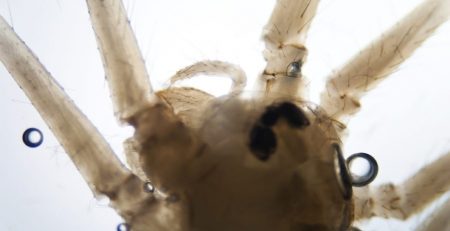A hundred years ago people couldn’t imagine TV, 20 years ago if you asked someone if we could print human organs, 99.9999% (you get the idea) of people would have said no. In a previous blog (Growing Body Parts), we told you about a process where porous materials were being used along with a person’s cells to basically grow organs and body parts. Long story short, you take the special polymer, put it in a bioreactor with some cells, let the cells multiply, attach it to the body to test it out for a while and presto a new body part or organ. I know I made tons of hard and complex work sound simple, but that is the basic idea.
However, what if it was even easier? What if you could take a 3-D bioprinter and create an organ right when it was needed, almost instantly. The types and methods of surgery would radically change and you would basically be doing them with the persons own cells. Organovo, founded by Gabor Forgacs and his team from the University of Missouri, Columbia.
The basic idea is that human cells are taken and shaped into tissue through the bioprinter. The bioprinter uses a liquid filed with human cells. The liquid is stacked into multiple layers which is held together by a special gel. The gel holds the cells together long enough to allow nature to takes its course. At that point the cells begin to form into actual tissue just like when a human is developing. However, the biggest problem is the thickness of the tissue. The natural makeup and idea makes it tough for the bioprinter to continue to work as the thickness of the tissue increases.
The company has received multiple patents and is considered a leader in this field. Many other companies and universities have started to throw resources at this same idea. However, Organovo seems to continue to lead the pack. While I am a little worried about the idea of people being made in a bioprinter the lifesaving prospects of such a tool sound incredible.
Check out Gabor Forgacs presentation at TEDMED
Related Posts

Are You a ‘Super-Recognizer’ of Faces?
Are you one of those people who seem to have an uncanny ability to remember and recall faces? You’re not... read more

Boy gets ears made from his ribs
Kieran Sorkin was born with a condition, known as Microtia, which means he was born without ears. It also means... read more

Scientist Develop Super-Hard Diamond-Like Material
There is no question that diamonds are the hardest known substance on the planet. Because of this diamonds are oftentimes... read more

Funding Agencies for Research
Funding Agencies for Research: Knowing you need funding for research is one thing—knowing where to find it is a whole other... read more

Hamburgers Grown In A Lab, Would You Eat One?
Since 2008, Dr. Mark Post has been working on growing edible meat in a laboratory. Today, at an event in... read more

New Species of Spider Discovered
Maratus elephans is a new type of animal. Description of the animal has been published in the journal Peckhamia. The... read more

‘Broken Heart Syndrome’ Spikes
A life-threatening cardiac condition is known as “broken heart syndrome”, has spiked significantly during the coronavirus pandemic than previous periods,... read more

Blue Fabric Dye Being Used for Battery Research
Researcher at the University of Buffalo believe a common ingredient in wastewater from textile mills could potentially be used to... read more

Placebo “medication” may still be able to relieve pain
A study coducted by researchers at CU-Boulder and the University of Maryland Baltimore recently discovered the placebo effect - a... read more

New species of crayfish
A new species of freshwater crayfish with a violet shell and blue claws has been found in Indonesia. Christian Lukhaup... read more




